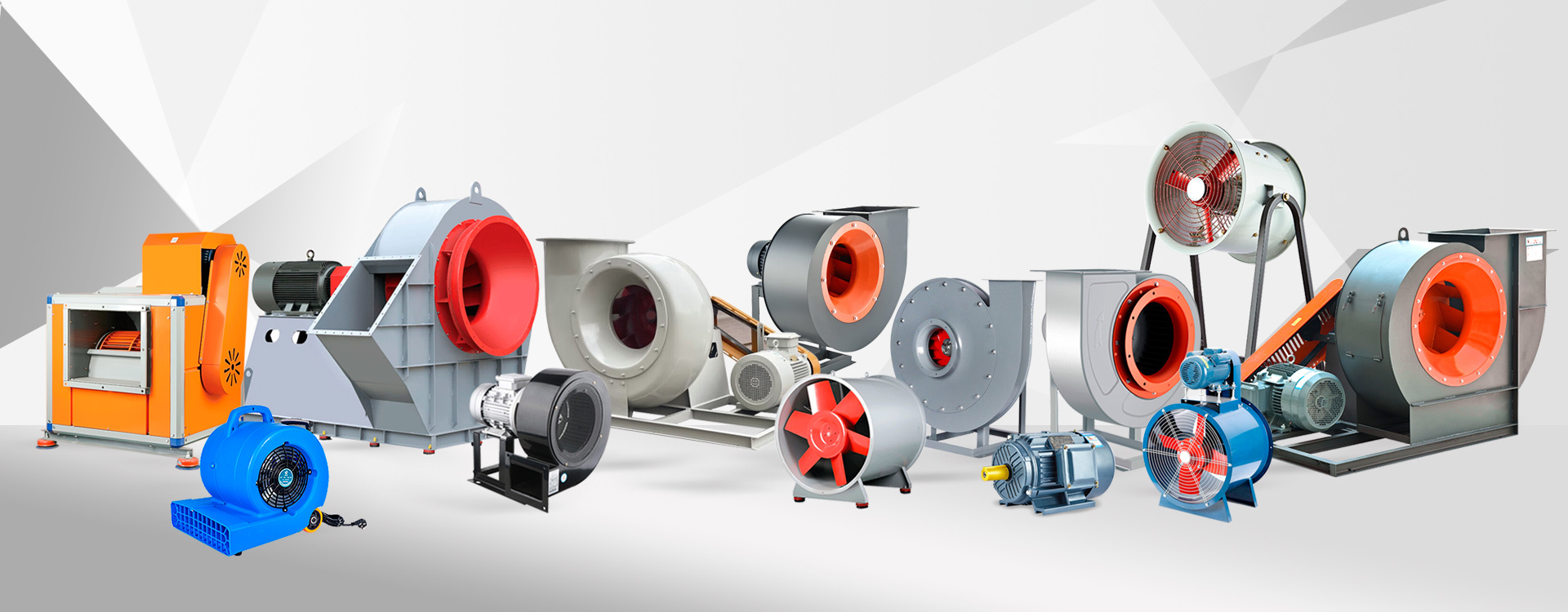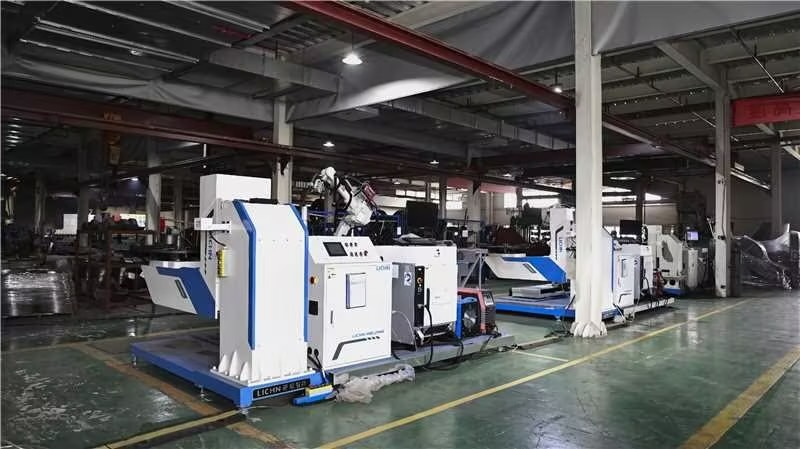How to determine the rotation direction and angle of the centrifugal fan outlet?
 How to Determine the Rotation Direction and Angle of the Centrifugal Fan Outlet?
How to Determine the Rotation Direction and Angle of the Centrifugal Fan Outlet?
Centrifugal fans play a crucial role in various industrial applications, providing essential airflow for processes ranging from ventilation to cooling. Understanding how to determine the rotation direction and angle of the centrifugal fan outlet is vital for optimizing performance and ensuring efficient operation. This article will provide a comprehensive guide on how to assess these parameters effectively.
Understanding the Basics of Centrifugal Fans
Before delving into the specifics of determining rotation direction and outlet angle, it is essential to understand how centrifugal fans operate. These fans utilize a rotating impeller to increase the velocity of air or gas, converting kinetic energy into pressure energy. The air enters the fan axially and is expelled radially, creating a pressure differential that facilitates airflow.
The direction of rotation and the angle of the fan outlet are critical factors that influence the fan's performance, efficiency, and the overall effectiveness of the ventilation system. Therefore, it is crucial to accurately determine these parameters during installation and maintenance.
Determining the Rotation Direction
1. Visual Inspection: The simplest method to determine the rotation direction of a centrifugal fan is through visual inspection. Most centrifugal fans have arrows or markings on the casing or the impeller that indicate the intended direction of rotation. Checking these markings is the first step in confirming the fan's rotation.
2. Motor Connections: If visual inspection is not possible, the electrical connections to the motor can provide insight. Most electric motors are designed to rotate in a specific direction based on their wiring configuration. By examining the wiring diagram and the motor's terminal connections, one can ascertain the rotation direction. However, ensure that the power supply is disconnected before making any electrical checks.
3. Observing Airflow: If the fan is operational, observing the airflow can help determine the rotation direction. Stand behind the fan and feel the airflow; if the air is being expelled towards you, the fan is rotating in the correct direction. Conversely, if the air is being drawn towards the fan, it is likely rotating in the opposite direction.
4. Use of Measurement Instruments: For more precise determination, various instruments can be employed. An anemometer can measure airflow velocity, while a tachometer can gauge the fan's speed. By correlating airflow direction with rotational speed, one can confirm the rotation direction accurately.
Determining the Outlet Angle
1. Fan Design Specifications: The outlet angle of a centrifugal fan is typically defined by its design specifications. Manufacturers provide detailed drawings or specifications that include the outlet angle, which is essential for installation and performance evaluation. Consulting these documents is the first step in determining the outlet angle.
2. Measurement Techniques: If design specifications are not available, measuring the outlet angle can be done using a protractor or an angle finder. Place the protractor against the fan outlet and align it with the casing to obtain an accurate measurement of the angle. This method is straightforward but may require access to the fan's outlet.
3. Computational Fluid Dynamics (CFD) Analysis: For advanced applications, utilizing CFD software can provide detailed insights into the airflow characteristics and outlet angles. By creating a digital model of the fan and simulating airflow, engineers can visualize the outlet angle and optimize it for specific applications. This method is more complex and requires specialized knowledge but offers the most accurate results.
4. Performance Testing: Conducting performance tests can also help determine the effective outlet angle. By measuring the airflow rate and pressure at various angles, one can establish a correlation between the outlet angle and the fan's performance. This data can be used to adjust the outlet angle for optimal performance.
Importance of Correct Rotation Direction and Outlet Angle
Ensuring the correct rotation direction and outlet angle of a centrifugal fan is vital for several reasons. An incorrect rotation direction can lead to reduced airflow, increased energy consumption, and potential damage to the fan or connected systems. Similarly, an improper outlet angle can cause turbulence, noise, and inefficiency in the ventilation system.
Optimizing these parameters can enhance the overall performance of the centrifugal fan, leading to improved energy efficiency and reduced operational costs. Additionally, maintaining the correct rotation direction and outlet angle contributes to the longevity of the fan, minimizing the need for repairs and replacements.
Conclusion
Determining the rotation direction and angle of the centrifugal fan outlet is a fundamental aspect of fan operation and maintenance. By employing visual inspection, electrical checks, airflow observations, and measurement techniques, one can accurately assess these parameters. Additionally, utilizing advanced methods such as CFD analysis and performance testing can provide deeper insights into fan performance.
Ultimately, understanding and optimizing the rotation direction and outlet angle of centrifugal fans is essential for ensuring efficient operation and enhancing the overall effectiveness of ventilation systems. By following the guidelines outlined in this article, technicians and engineers can achieve optimal performance and reliability in their centrifugal fan applications.
Tag:
Previous Page
Previous Page:
Recommend News












